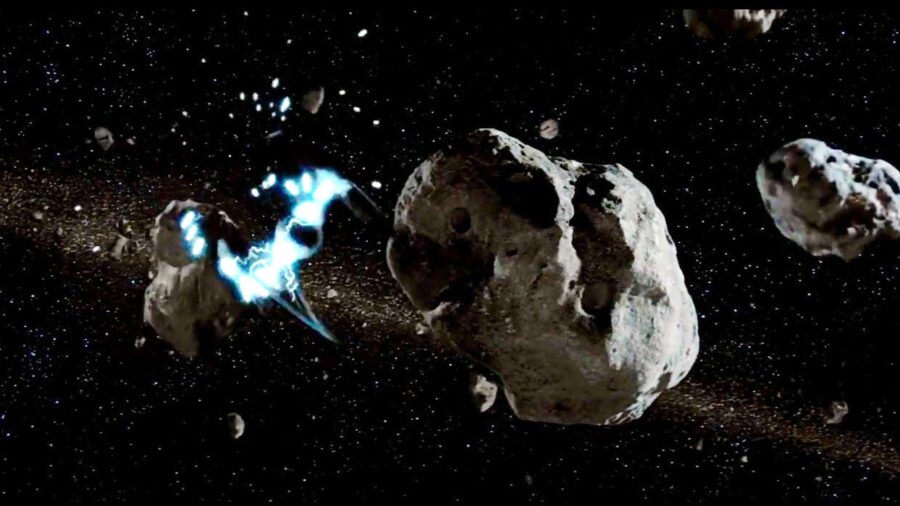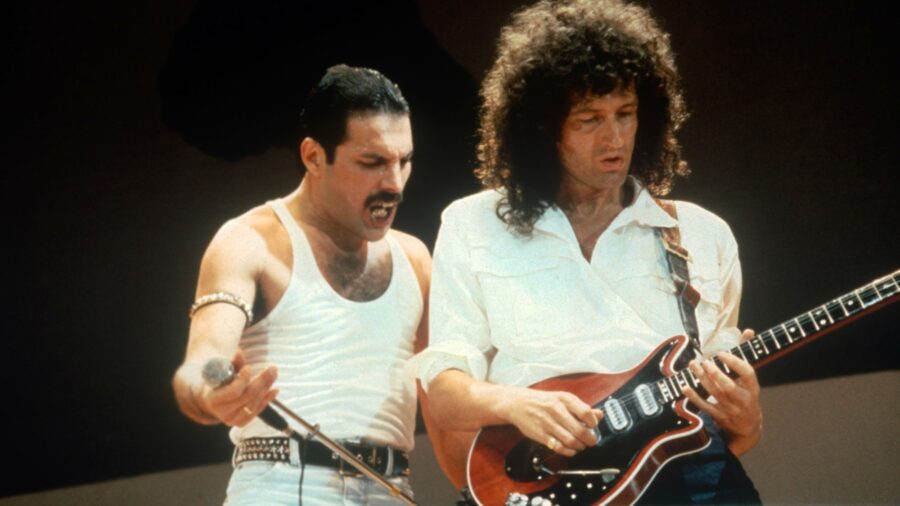NASA Harvests Life-Threatening Asteroid Thanks To Rock And Roll Legend

While the rest of us are living regular lives and simply trying to survive this crazy world, NASA is out there answering the big questions like, “How did we get here?” and “Did life come from outer space?” According to Live Science, we might be a bit closer to answering these questions, and some of it is thanks to Brian May, the lead guitarist of the iconic rock and roll band Queen. Recently, NASA sent a spacecraft to a nearby asteroid that might have the answer to life’s big questions, and May was the astrophysicist who managed to get the craft to land on the space rock’s tricky surface.
Brian May, the guitarist for Queen, is also an astrophysicist, and it was thanks to his efforts that NASA landed on an asteroid.
The leaders over at NASA are fans of naming things in space after famous mythologies, and the asteroid Bennu is no different. Named after the Egyptian God of death and creation, Bennu’s name is fitting because it’s an asteroid that has 1 in 2700 odds of smashing into Earth’s surface someday, obliterating life as we know it. It’s also possibly the answer to why there is life on Earth and not on any other planet that we’ve discovered so far.
According to May, it’s feasible that asteroids are the reason life ended up on Earth in the first place, and he and other astrophysicists want to learn more about how that might be possible. This is why NASA sent OSIRIS-REx (another mythology reference) to Bennu’s surface so the spacecraft could collect a bit of space dust that might give researchers the answers they’re looking for. The only problem was Bennu ended up being much more difficult to land on than NASA had expected.
“My hope is that it will tell us something that we didn’t even know that we didn’t know”
Sarah Russell, leader of the Planetary Minerals Group
Researchers had believed that Bennu’s surface was similar to a sandy beach, but it turned out to be an asteroid covered in sharp, jagged rocks, which made it tough for OSIRIS-REx to land safely. Luckily, Brian May isn’t just great at shredding on the guitar. He’s also got a Ph.D. in astrophysics, and he had the brilliant idea to 3D print replicas of Bennu’s surface so NASA could find a safe place to land their spacecraft.

Thanks to May’s help, after a nerve-wracking 22 months, NASA found a safe spot on the asteroid’s surface called “Nightingale,” where they were able to land OSIRIS-REx. The spacecraft made its historic touchdown on October 20, 2020, and deployed a quick burst of nitrogen gas from its Touch-and-Go Sample-Acquisition Mechanism (TAGSAM) to secure its foothold on Bennu’s surface. This maneuver also propelled dust and rocks into the sample chamber to bring them back to Earth.
Named after the Egyptian God of death and creation, Bennu’s name is fitting because it’s an asteroid that has 1 in 2700 odds of smashing into Earth’s surface someday, obliterating life as we know it.
It’s these bits of dust and rocks from the asteroid’s surface that have scientists giddy with excitement. While no one will know exactly what the box contains until it arrives on Earth, researchers are hoping that it will tell us something new that we didn’t know before. “My hope is that it will tell us something that we didn’t even know that we didn’t know,” Sara Russell, a professor of planetary sciences and leader of the Planetary Materials Group that will be examining some of the samples, said.
So, will we discover more about the origin of life on Earth? Or will the box of dust collected from the asteroid Bennu bring up more questions than we had before? OSIRIS-REx will come hurtling back to Earth’s surface on September 24, so it’s only a matter of time before we know more.












